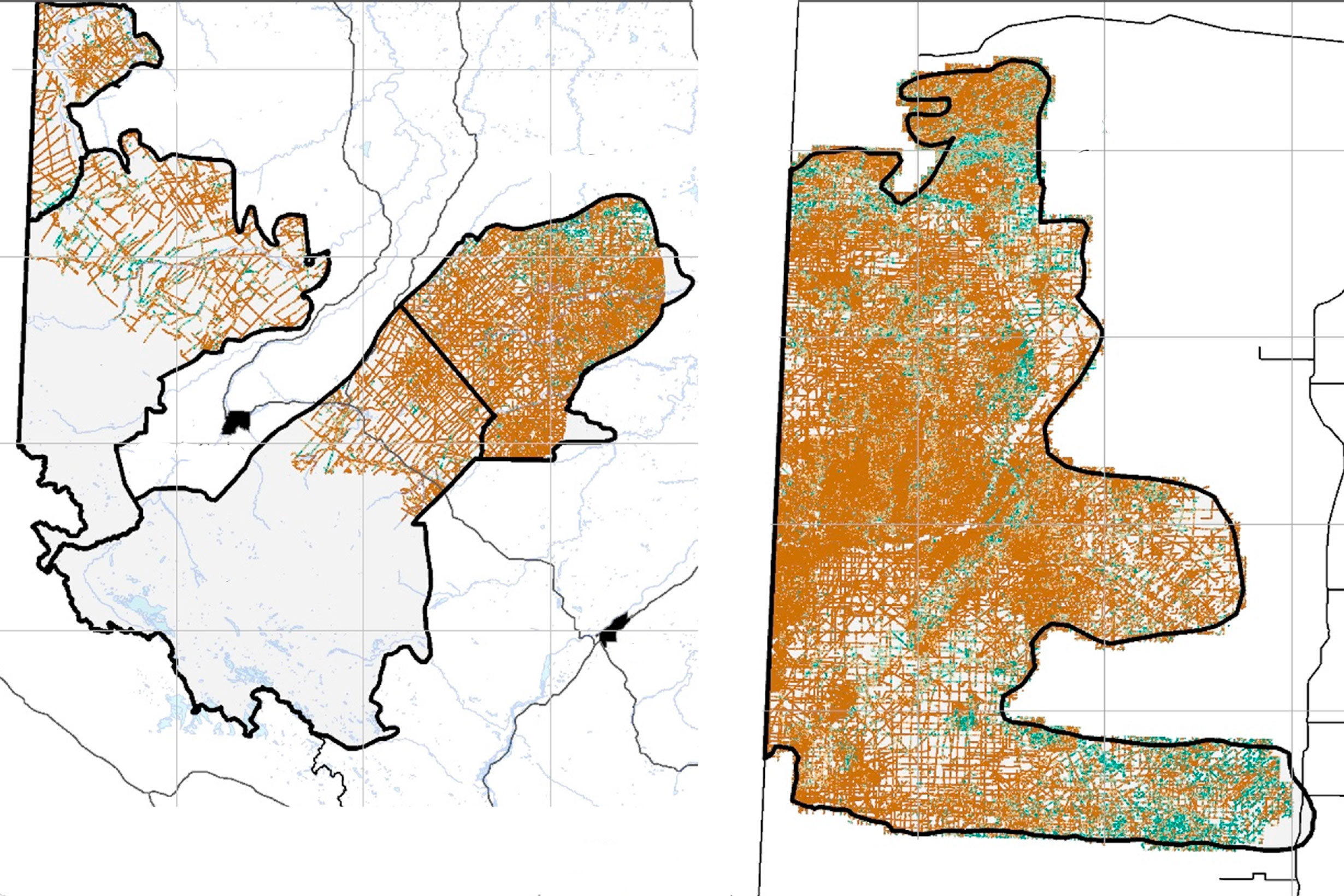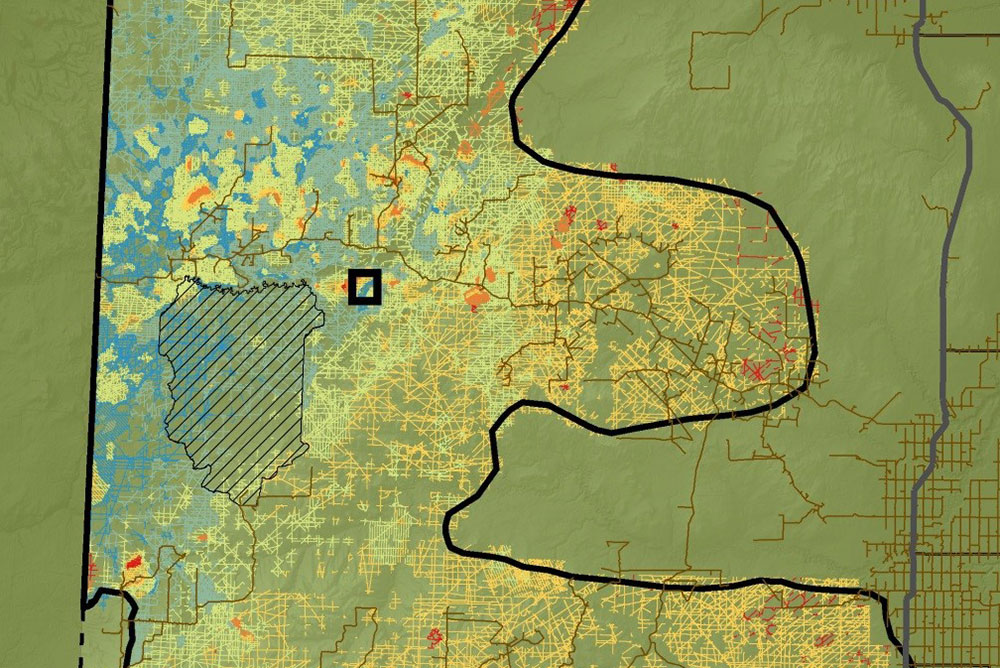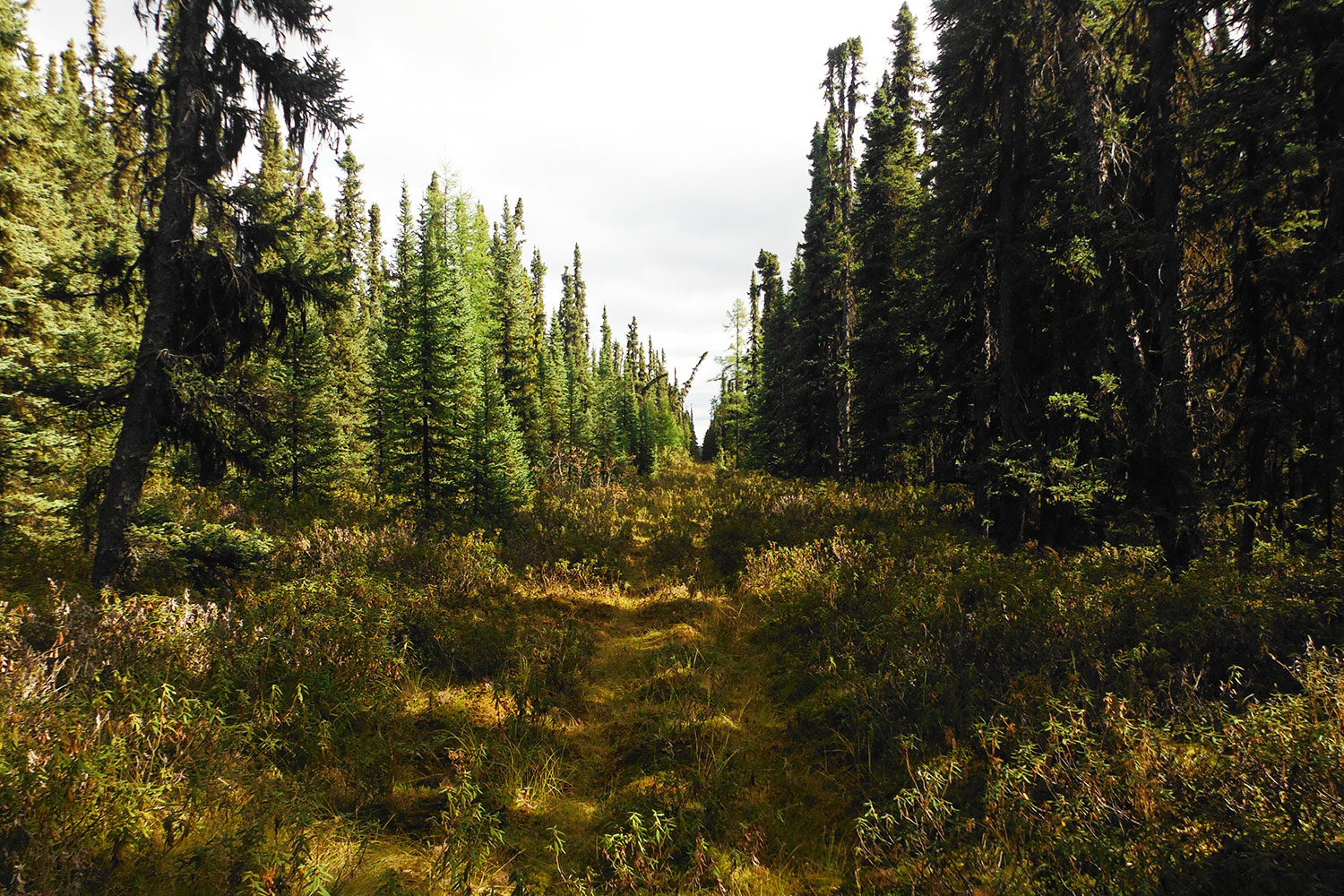
Abstract
Linear disturbances impact ecosystems and species worldwide. These impacts are perhaps most profound in forest ecosystems like the Canadian boreal forest which has been fragmented by an extensive network of seismic lines which affect a number of boreal species. Of particular concern are the impacts of seismic lines on boreal and mountain woodland caribou (Rangifer tarandus caribou), which are declining across Canada primarily because of an increase in anthropogenic habitat disturbance including seismic lines, within their ranges. Restoring seismic lines is a focus of conservation efforts for caribou, however their extensive footprint implies that restoration efforts will need to be prioritized to target the ultimate (habitat disturbance, early seral stage vegetation), and proximate (wolf predation) causes of caribou declines. To help inform restoration efforts we used field data collected in 2014 and 2015 from 291 seismic lines in west-central and north-western Alberta, Canada, and GIS-derived and remote sensing (LiDAR) data to model and map vegetation recovery (growth, structure, and composition) on seismic lines and along seismic line edges. Although we found differences among regions and taxa, generally we found that wet seismic lines and seismic lines adjacent to open forest stands were more likely to have more early seral stage vegetation that is attractive wildlife forage. We also found that in west-central Alberta, wet seismic lines had less vegetation growth and cover, while in north-western Alberta, wet seismic lines were more likely to have more vegetation cover, but there was no relationship between vegetation growth on seismic lines and seismic line wetness. Using field data we predicted that vegetation on seismic lines within our study area had grown between 1 and 2 m between 2007 and 2015; however as our models of vegetation growth did not validate well other techniques (e.g. UAVs) and studies focused at smaller scales are likely to provide accurate data on current vegetation height and cover on seismic lines. Our results combined with results from previous research provide further evidence that seismic lines, particularly wet seismic lines, need active restoration to re-establish natural vegetation trajectories. Overall, targeting seismic line restoration treatments to change vegetation composition, as well as structure and height, will likely help to restore ecosystem function for caribou and other boreal species.
Read the full paper here (no paywall until July 9, 2019).
Citation
Laura Finnegan, Karine E. Pigeon, Doug MacNearney. “Predicting patterns of vegetation recovery on seismic lines: Informing restoration based on understory species composition and growth.” Forest Ecology and Management. Volume 446,
2019. 175-192. DOI: 10.1016/j.foreco.2019.05.026








